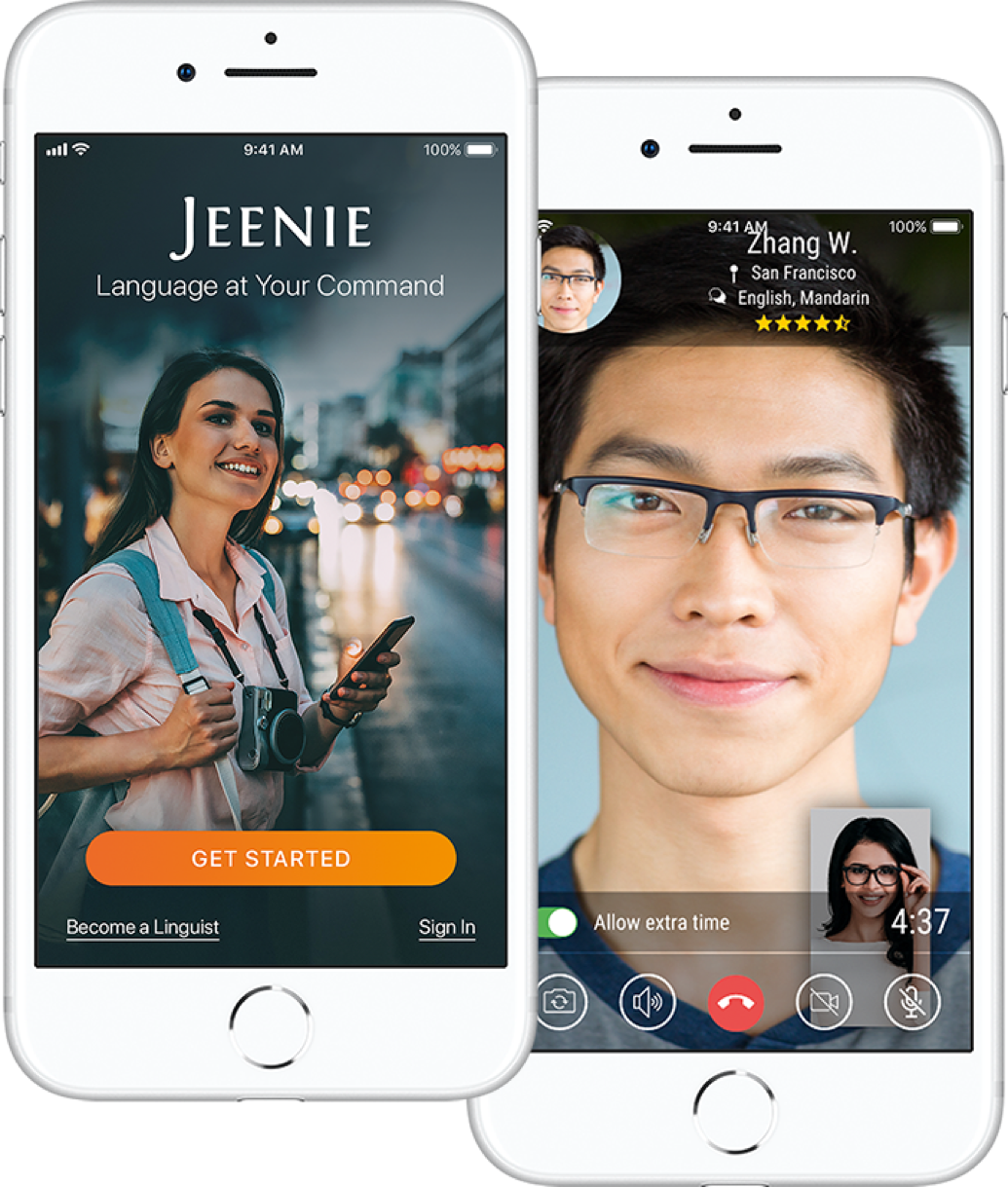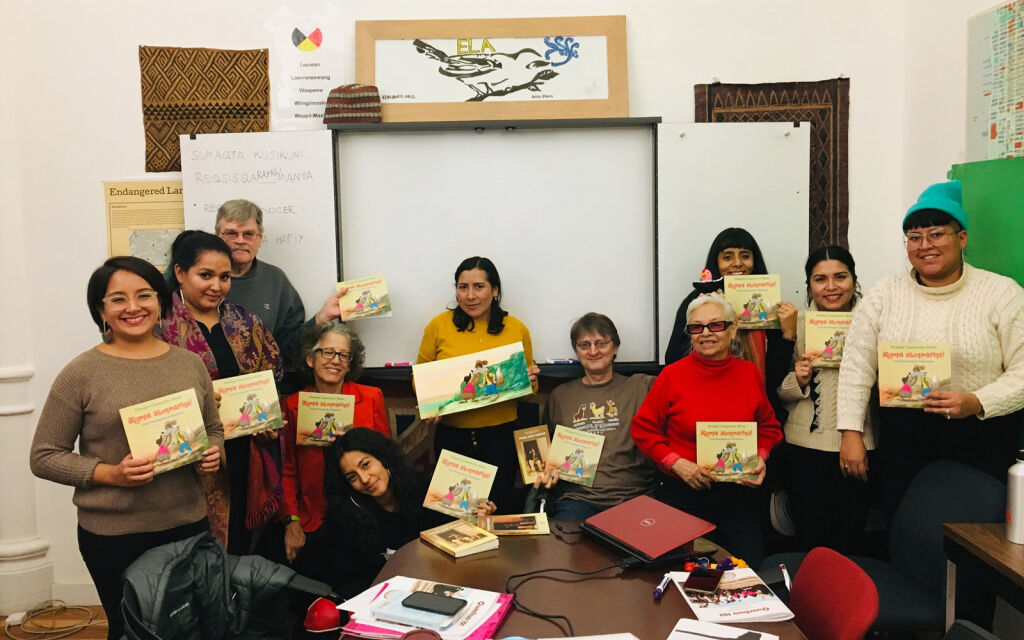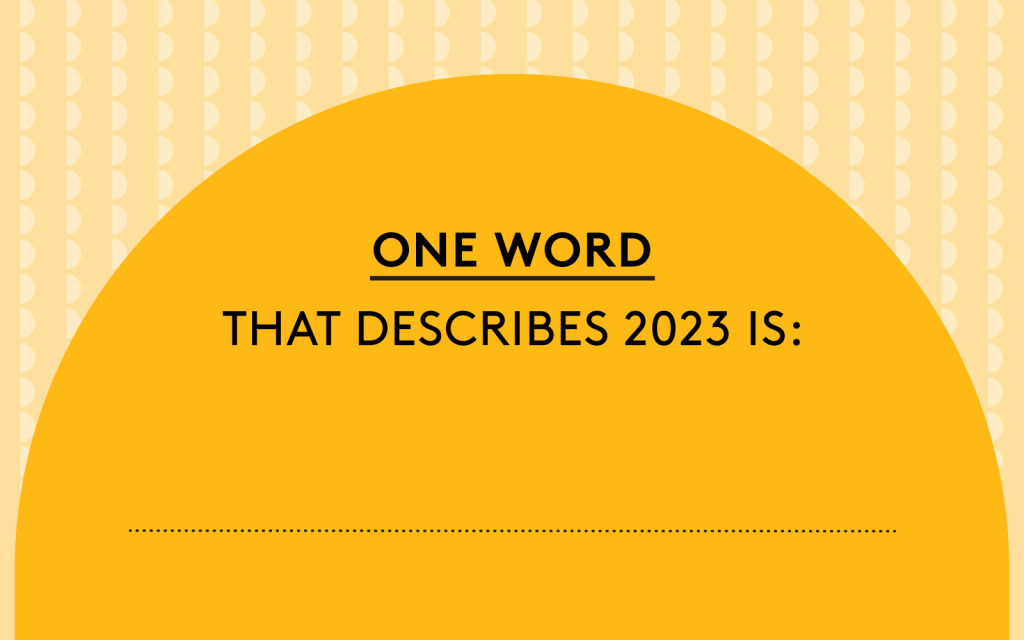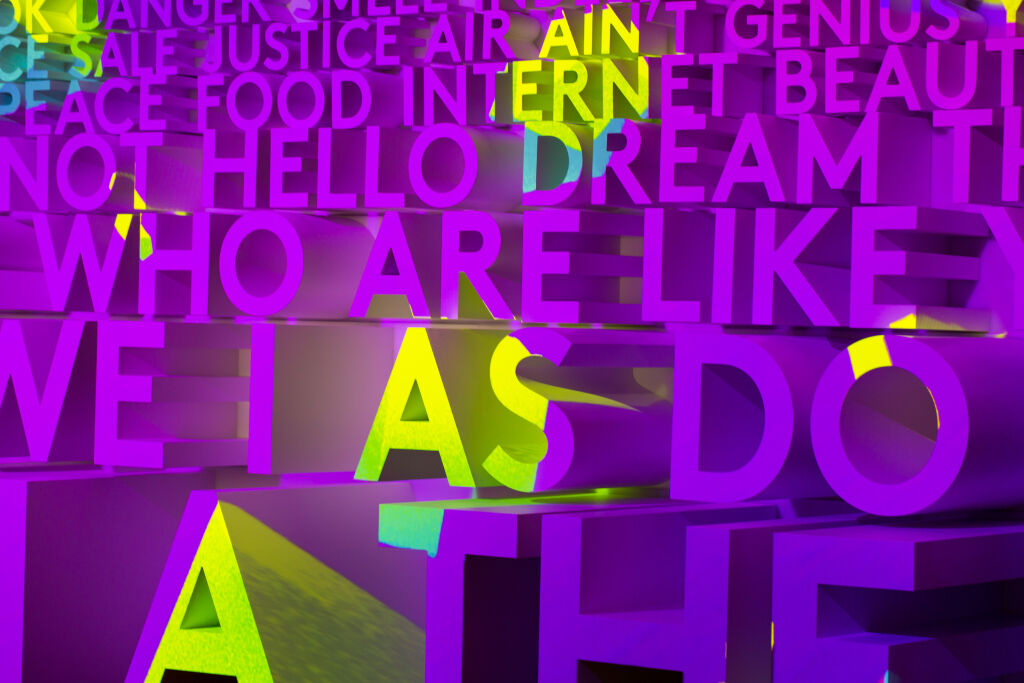New App Banks on the Human Element of Translation

When traveling to a country whose language you don’t know, there are countless translation options at your fingertips. There’s Google Translate, of course, which can translate between over 100 languages — though it can comically bungle longer phrases. Other options — apps like TripLingo, Waygo, and Microsoft Translate — all come with their own pros and cons, offering different ways of reading signs, translating basic phrases, and interacting with people in their own languages. But a newcomer on the scene thinks that something is missing from all of these options: the human element.
The Jeenie Mobile App gives users instant access to live translators, right on their smartphones. By offering live, human translation, the app’s creators hope to bridge some of the gaps that existing machine translation options fail to address.
“What machines can’t do is understand each other,” said Jeenie’s co-founder and CEO, Kirsten Brecht Baker, in a phone interview with Planet Word. “Understanding takes place in the minds of the two people who are talking and communicating. Understanding, and the cultural nuance around that understanding, is key in what we’re hoping to capture.”
This cultural and linguistic understanding will be provided by a fleet of live translators or “Language Jeenies,” as they are called internally. The app has already recruited thousands of Language Jeenies in 60+ countries to make sure translation is available regardless of time zone. Services are currently offered between 10am and 7pm EST, with 24/7 service arriving later this fall.
Jeenie chose to launch with Chinese/English and Japanese/English as their first language translation pairings, in response to immediate demand from the travel and tourism industry. Next up are Spanish/English and Portuguese/English, which are due in this fall, with a number of other language pairs arriving by the end of 2018.
“Understanding, and the cultural nuance around that understanding, is key in what we’re hoping to capture.”
To accomplish their formidable goal of offering live, round-the-clock service for a variety of languages, Jeenie drew inspiration from other popular crowdsourcing apps.
“Our ambition is to democratize this space the way we’ve seen Lyft or Uber or Airbnb do,” says Kirsten. “Seventy percent of the world is multilingual; why shouldn’t we be able to find a way to help some portion of these 4 billion people to get online to sell their language skills, to make income using their fluency?”
Language fluency does not automatically qualify someone to be a translator or interpreter, as Kirsten acknowledges. Professional interpreters and translators typically have years of training — and sometimes special certifications — before they begin working. The important distinction is that Language Jeenies don’t represent themselves as doing official word-for-word interpreting in specialized environments like hospitals or courtrooms. Instead, as the people at Jeenie like to say, they’re “everyday language speakers solving everyday language problems.” Jeenie’s language providers are chosen based on their language fluency and ability to provide friendly customer service.
Jeenie will continue to invest in testing and training for their Language Jeenies as time goes on, and they’ve also implemented user-driven quality controls. Both Jeenies and those who rent out their services (for $1 per minute) can rate the other person, just as passengers and drivers can rate each other on apps like Uber and Lyft.
Kirsten is optimistic, then, that the Jeenie experience will be an improvement on existing applications: “If you can pull someone up on your phone who’s literally a third person in the conversation, and they can talk to the waiter and they can talk to the person at the table, it feels more like a cultural conversation than it does an exercise in trying to overcome or circumvent a language barrier.”
She’s also careful to stress that Jeenie welcomes all solutions that bring awareness to the significance of language, including the important work being done in machine translation. They are all for the thoughtful application of artificial intelligence in the service of global communication.
Still, she says, “we are taking a bet that technology combined with a human element may offer a real solution to global communication.”


